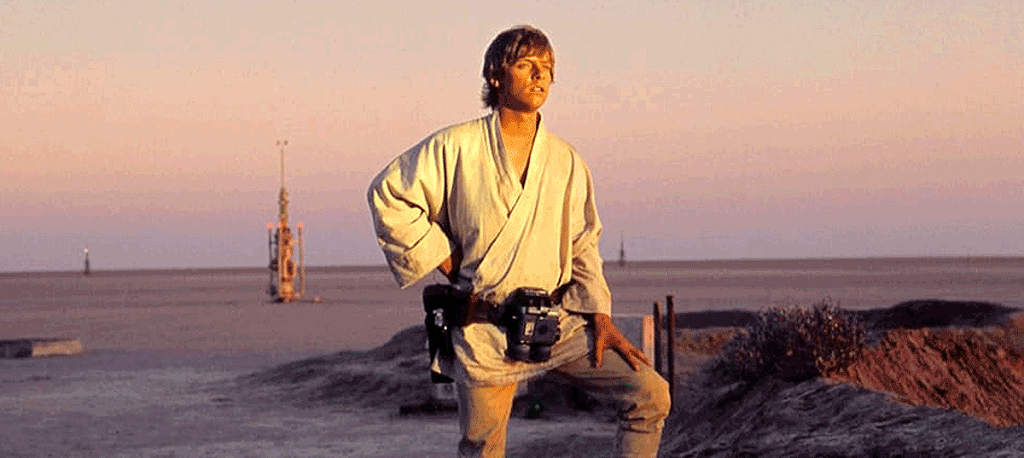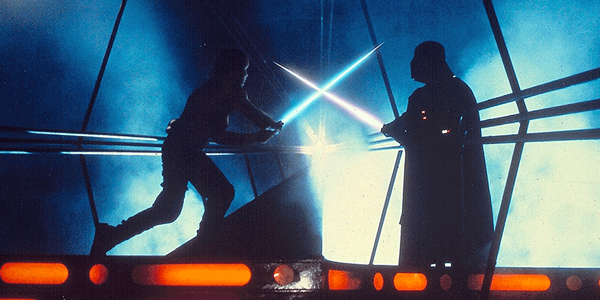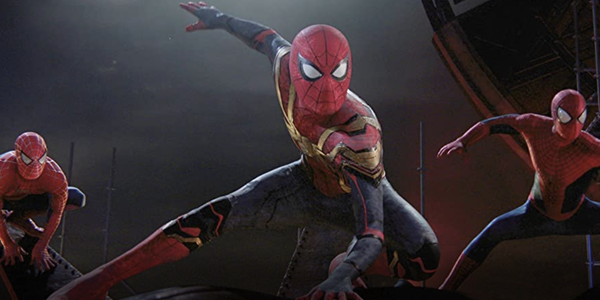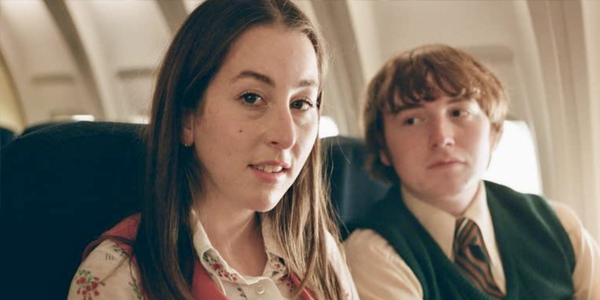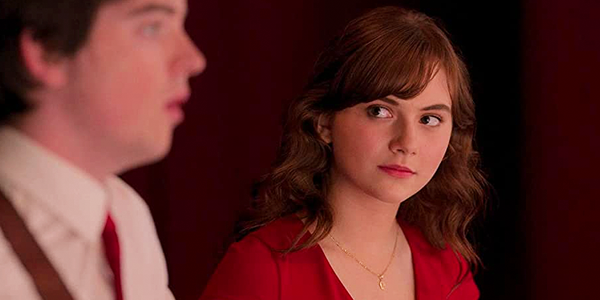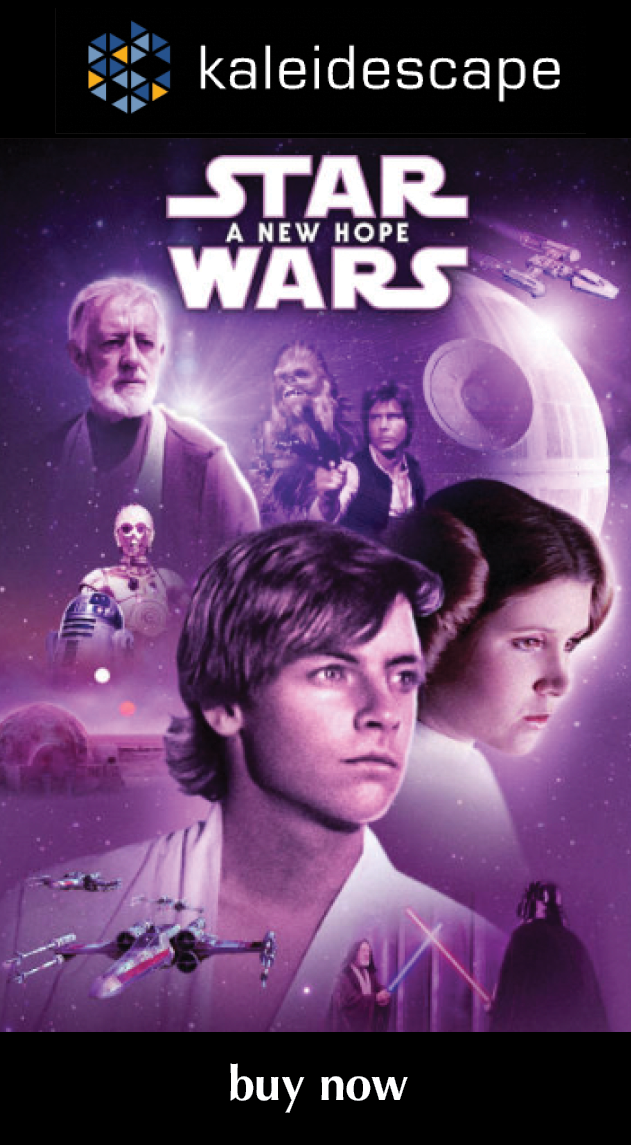recent reviews
Sign up for our monthly newsletter
to stay up to date on Cineluxe
Despite all of Lucas’s tinkering with the original film, the 4K HDR transfer captures what was best about the 1977 release
by John Sciacca
May 3, 2020
As I mentioned in my review of The Empire Strikes Back, this year’s May the Fourth celebration (or Revenge of the Fifth, should you prefer the Dark Side) will be particularly festive thanks to the recent release of the Star Wars franchise in 4K HDR with Dolby Atmos soundtracks. Even better, internet services are currently discounting the titles, with each movie available for download on Kaleidescape for $13.99. So we thought it would be worth taking a look at the film that started it all: Star Wars—or, as it’s now known, A New Hope.
While the modern usage of “blockbuster” started in 1975 with Spielberg’s Jaws, Star Wars took that to the next level in 1977. In our modern era where movies are in and out of the theater in a little over a month, Star Wars enjoyed a theatrical run that lasted over a year, including one theater in Beaverton, Oregon that ran it for 76 weeks! Images of lines wrapping around the block waiting to get a seat were commonplace.
I was seven when the film came out, and I can clearly recall seeing it for the first time. My family was visiting Carmel, California, and my parents dropped me and my cousin off at the theater while they went shopping. I can’t recall having any anticipation about seeing the movie, or even hearing anything about it prior to walking into the theater, but my world changed when the lights dropped and that opening fanfare blared from the speakers. When that Star Destroyer flew overhead for the first time, I remember thinking this was like nothing I’d ever seen before, and how was this even possible?!?
For two hours, my cousin and I sat engrossed, taking it all in. When it ended, we ran out to the lobby, told my parents that we had just seen the most incredibly movie of all time! and then turned around and went back inside to watch it again! We then spent the rest of the vacation lightsaber fighting each other with anything we could grab that could be imagined into a sword.
I was also fortunate enough to see Star Wars at Grauman’s Chinese Theater in Hollywood—which also showed the film for a staggering 57 weeks!—where my biggest memories are of the giant auditoriums and eating an entire box of Red Vines I also used as straws to drink a large Coke.
Today, there are basically three different generations of Star Wars fans: Those who grew up with the original trilogy, those raised on the prequel trilogies, and those who have come in recently with the sequel trilogies. And, with no disrespect to the newer fans, it’s difficult to fully appreciate just how important Star Wars is to someone who didn’t grow up with it. From 1977 to 1983, it played a massive role in our lives. It was what we played, what we talked about, what we imagined, what we dreamed.
With Star Wars, George Lucas created a universe so real and so unlike anything that had come before that it transcended just being a movie. And to have this come about at an age when you were old enough to understand just how special and different it was, and then grow up with it over the next six years . . . well, it’s not an exaggeration to say it shaped many people’s lives.
If you grew up during that time, you fantasized about making that trench run in your X-wing and using the Force to fire those proton torpedoes, or waving your hand and changing someone’s mind, snapping open your lightsaber and standing down Vader. playing space chess (technically “Dejarik”) with Chewie aboard the Falcon, or having a Princess place a medal around your neck while the galaxy cheers.
And, to think, it was nearly not to be. Multiple studios passed on the film early on, and first edits were said to be nearly unwatchable. The film was basically saved in post production as the incredible models and special effects came together and was finally bolstered by one of the greatest soundtracks ever thanks to John Williams. (If you haven’t watched the fascinating and fantastic two-and-a-half-hour documentary Empire of Dreams—The Story of the Star Wars Trilogy, I assure you it’s worth the price of a month’s subscription to Disney+ for that alone!)
Taken from a new 4K scan, this transfer is sourced from a 4K digital intermediate, and images are incredibly clean and detailed throughout with little film grain, but also little damaging effects or softening from heavy-handed use of DNR (digital noise reduction). It’s hard to believe you’re watching a film that’s 43 years old, especially when you get to the finale, which has visual effects that still impress. (Granted they’ve been digitally helped over the years, but still . . .)
Closeups reveal incredible detail, such as the scratches and textures in the metal of R2-D2’s dome, or the streaks of white paint on his body. You can see the fray in Obi-Wan’s (Sir Alec Guinness) robe along with every line in his face, and practically feel the velvet texture of Vader’s cape. In one scene on the Death Star, I was able to clearly read the THX-1138 on one of the monitor screens in the background, a homage to Lucas’ first film. You could also see that the masks of the Stormtroopers influenced by Obi-Wan were a bit sloppily finished, with paint that isn’t perfect.
Colors look terrific and natural, with laser blasts and lightsabers appropriately bright, as well as the bright blue of the Falcon’s engine and the red of the X-wings’ thrusters. (I’m also happy they fixed the saber “fizzle” during Obi-Wan and Darth’s battle.) You can see the crags and textures in the rocks near Obi-Wan’s cave and all of the fine details put into the interior of the Falcon to make it look like a ship that has logged a lot of miles, errr, parsecs, traveling the galaxy.
Black levels are deep and space looks appropriately inky but not at the expense of crushing shadow detail. This really gives nice pop to all of the spaceships, as they stand out in stark contrast to the blackness of space around them. Notice the early scenes aboard the Tantive IV as Leia and the droids move around darkened corridors and passageways or the prisoner detention bay on the Death Star with its deep-black walls, but you can still make out detail in the guards’ black uniforms.
HDR brightness is used sparingly—the Falcon’s glowing engines, big explosions—but the contrast added by the extra dynamic range provides enhanced images throughout, adding depth and dimension.
Sonically, Star Wars was game-changing, winning an Academy Awards for Best Sound and a Special Achievement Award for Ben Burtt’s sound effects. And they’ve definitely done an admirable job of amping up the sound mix for the 21st century while retaining the classic elements that made it so memorable. From the opening, the Star Destroyer flies overhead, explosions bombarding Leia’s ship. And when the tractor beam grabs it, you hear and feel the ship being pulled overhead. When the Falcon escapes the Death Star, TIE fighters fly over and around in pursuit but the biggest sonic moment is held for the end, during the attack on the Death Star, with trench guns blasting all around, TIE’s screaming past and roaring overhead.
Every scene is brought to life with its own sonic space. You get the winds blowing overhead in the Tatooine desert, the background hum of life and little mechanical noises aboard the Death Star, the sounds rattling around in the cantina, the appliance sounds in Owen and Beru’s kitchen, and the squeaks and groans of metal twisting and crushing in the garbage compactor.
Blaster fire is nice and dynamic, and bass is deep and engaging, such as the deep thrum of the Falcon’s sub-light engines, the Death Star priming its main weapon, or the buzz of lightsabers. Deeper bass comes from the Falcon jumping to hyperspace and the massive explosion of planets, with the Death Star’s explosion sounding particularly good, featuring a massive bass wave that then ripples and travels back the left side of the room.
Yes, you can bemoan that this isn’t the original theatrical cut we grew up with and that Lucas has tinkered yet again with the (now) infamous “Who shot first?” Cantina scene. (Just Google “Maclunkey,” if you aren’t aware.) Or that the added CGI creatures outside Mos Eisley bring nothing to the film—rather, now appearing jarringly out of place—and that the added Jabba scene just steals the greatness of his reveal later in Return of the Jedi. I’ll grant you all of that. But to that, I’m still going all in with this: This 4K HDR version of A New Hope is hands-down the definitive, best the movie has ever looked and sounded, and if you don’t watch it you are punishing only yourself.
Probably the most experienced writer on custom installation in the industry, John Sciacca is co-owner of Custom Theater & Audio in Murrells Inlet, South Carolina, & is known for his writing for such publications as Residential Systems and Sound & Vision. Follow him on Twitter at @SciaccaTweets and at johnsciacca.com.
PICTURE | It’s hard to believe you’re watching a film that’s 43 years old, especially when you get to the finale, which has visual effects that still impress
SOUND | They’ve definitely done an admirable job of amping up the sound mix for the 21st century while retaining the classic elements that made it so memorable
© 2023 Cineluxe LLC

